Twisted crime thriller explores the dark side of twin relationships
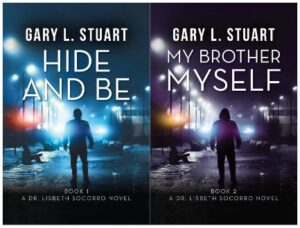 PHOENIX, AZ – Step into this propulsive study of identity, twin telepathy, and murder in this gripping crime novel by acclaimed author, Gary L. Stuart. Hide & Be and its sequel releasing on the same day, My Brother, Myself (Gleason and Wall Publishers, Feb 6, 2024) delivers a psychological thriller about the bond between two identical twin brothers who looked to themselves for comfort, and how their innocent games of identity swapping turned deadly. Read them side by side to reveal the twisted dimensions of this murderous conundrum!
PHOENIX, AZ – Step into this propulsive study of identity, twin telepathy, and murder in this gripping crime novel by acclaimed author, Gary L. Stuart. Hide & Be and its sequel releasing on the same day, My Brother, Myself (Gleason and Wall Publishers, Feb 6, 2024) delivers a psychological thriller about the bond between two identical twin brothers who looked to themselves for comfort, and how their innocent games of identity swapping turned deadly. Read them side by side to reveal the twisted dimensions of this murderous conundrum!
With over 19 books and 32 years in trial law, Gary Stuart’s duology explores twin relationships and dissociative identity disorder that delves into the heart of trauma, mental illness, and the seemingly mystical connection between twins. Perfect for fans of Woman in the Window!
About the novel: Twin brothers Arthur and Martin suffered horrible abuse as children, forcing them to survive by seamlessly assuming each other’s identities. Living each other’s lives provides protection from the trauma of their past. But when tragedy strikes, one of the brothers plummets into a dissociative crisis that leads him down a murderous path.
As the body count rises, two cases end up in the courtroom, where judges, lawyers, and psychiatrists try to piece together which twin is the suspect and which is the victim. Everyone in the courtroom strives to bring the victims to justice–but how can justice be served when no one is sure who the defendant truly is?
“Hide and Be”
Gary Stuart | Feb 6. 2024
Gleason and Wall Publishers | Crime Thriller
Paperback | 978-1736894668 | $17.99
“My Brother, Myself”
Gary Stuart | Feb 6. 2024
Gleason and Wall Publishers | Crime Thriller
Paperback | 978-1-7368946-8-2 | $17.99
Ebook | 978-17368946-9-9 | $9.99
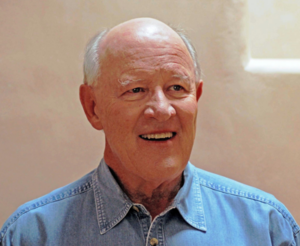 Gary Stuart is a Phoenix lawyer, an Adjunct Professor of Law at the Sandra Day O’Connor College of Law at Arizona State University, where he also serves as the Senior Policy Advisor to the Office of the Dean. He is a former member of the Arizona Board of Regents and is a member of the Maricopa Bar Association’s Hall of Fame. He has published scores of law review articles, op-ed pieces, essays, magazine articles, short stories, CLE booklets, and eighteen books. He blogs about the ethics of writing at https://ethicsofwriting.com/. His book and writing site is https://garylstuart.com/.
Gary Stuart is a Phoenix lawyer, an Adjunct Professor of Law at the Sandra Day O’Connor College of Law at Arizona State University, where he also serves as the Senior Policy Advisor to the Office of the Dean. He is a former member of the Arizona Board of Regents and is a member of the Maricopa Bar Association’s Hall of Fame. He has published scores of law review articles, op-ed pieces, essays, magazine articles, short stories, CLE booklets, and eighteen books. He blogs about the ethics of writing at https://ethicsofwriting.com/. His book and writing site is https://garylstuart.com/.
Find Gary Stuart online:
Follow Gary Stuart on social media:
Facebook: Gary Stuart’s Books | Twitter: @garylesterstuar
Read more about this twin duology, Hide & Be and My Brother, Myself
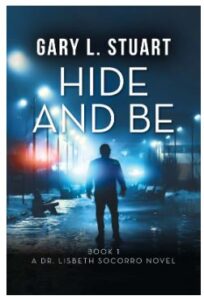 You look exactly like your twin brother. Exactly. You think like him, for him, with him, cannot live without him. Cannot. Don’t want to. Don’t want to. Other kids play Hide & Seek. But you and he play Hide & Be. Your parents died when you were two. The foster parents were sometimes nice and sometimes awful. They could never tell you apart because one of you would hide; the other would just be. Be bad. Be blamed. Be good. Get the Jesus Strap. Get the ice cream cone. There were always eyes on you, then him. Wondering which one you were. There were always voices in your head, his. They can’t judge you because you could always be him, or you. You did not need friends because you are his and he is yours. You learn you don’t need anyone else; they can’t see you, just him. Or are they looking at him, not you? If one of you dies, the other will be. You.
You look exactly like your twin brother. Exactly. You think like him, for him, with him, cannot live without him. Cannot. Don’t want to. Don’t want to. Other kids play Hide & Seek. But you and he play Hide & Be. Your parents died when you were two. The foster parents were sometimes nice and sometimes awful. They could never tell you apart because one of you would hide; the other would just be. Be bad. Be blamed. Be good. Get the Jesus Strap. Get the ice cream cone. There were always eyes on you, then him. Wondering which one you were. There were always voices in your head, his. They can’t judge you because you could always be him, or you. You did not need friends because you are his and he is yours. You learn you don’t need anyone else; they can’t see you, just him. Or are they looking at him, not you? If one of you dies, the other will be. You.
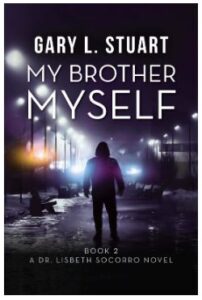 We are who we say we are. You think you see me—you don’t. You see us without knowing which of us you see. Your photographs, polygraphs, fingerprints, DNA hints, and
We are who we say we are. You think you see me—you don’t. You see us without knowing which of us you see. Your photographs, polygraphs, fingerprints, DNA hints, and
courtroom theatrics don’t say who we are. We are who we say we are! You are his brother, your twin. You see me but not him now, don’t you? You are like us, identical twins, but you don’t love your brother like I do mine. He is myself, and I am him. Today is your birthday, his too. Why aren’t you with him? Don’t lie to us. We know why. You can live with him but not without him. Too late to choose. We are your redemption. You have a price to pay today. On your birthday. His too. Boo who. We are who we are!
In an interview, Gary Stuart can discuss:
- What sparked his interest in writing about twin relationships and “twin telepathy”
- How his experiences as a trial lawyer have inspired his books and the usage of his knowledge in the courtroom scenes
- His recent transition from being a lawyer to being a full time author
- The necessity of avoiding stereotypes when writing about killers and mental illness
An Interview with
Gary Stuart
1. What caused you to transition from being a lawyer to writing full time? What was that journey like?
Once a lawyer, always a lawyer. I discovered that practicing law was not as much fun as writing about it. Courtrooms are theaters and success in trial calls for dramatizing the case in ways that judges and juries like and respect. My courtroom skills work when I’m creating crime fiction. I know what it takes to win and how awful it feels to lose in court, or at a bookstore.
2. Why do you write both fiction and nonfiction, and how are you able to write in both genres simultaneously?
The law is real. Fiction is not. Balancing imagination and ingenuity in fiction with citing case law and statutory law is a balance that keeps me sane and on course. I found over the years that the law is pliable but crime fiction is more fun.
3. How do your experiences as a trial lawyer inspire or inform your books?
When you try a case, especially a jury trial, you have to be mentally aware of a dozen things at once; the judge, jury, opposing counsel, clients, witnesses, court clerks and bailiffs, timing, how sound works, movement away from the podium, and maintaining a connection with the jury. All of that is an art form, as well as an acquired talent. It’s very similar to creating all of that inside a novel.
4. What sparked your interest in writing about twin relationships and “twin telepathy”?
The most important element of fiction writing is creating original characters that are believable and fully developed. Creating two characters who look and act alike is a great way to advance your hold on the reader. If the twins are interesting and fascinating at the same time, their personalities, flaws, hopes, dreams and mendacity ooze out, one droplet at a time. The reader stays with you as long as you don’t bore them.
5. How have you worked to write about a mentally ill serial killer without stigmatizing those with mental illness?
Stigmatizing mental illness is a stupid way to write a novel. But explaining when, how, and how often people suffer mental illness is interesting to readers everywhere. Malignant twins are exceedingly rare. My twins in the book are not malignant. They are what life gave them–deeply wounded and incapable of handling separation. That’s what makes them fascinating characters.

A former award-winning journalist with national exposure, Marissa now oversees the day-to-day operation of the Books Forward author branding and book marketing firm, along with our indie publishing support sister company Books Fluent.
Born and bred in Louisiana, currently living in New Orleans, she has lived and developed a strong base for our company and authors in Chicago and Nashville. Her journalism work has appeared in USA Today, National Geographic and other major publications. She is now interviewed by media on best practices for book marketing.
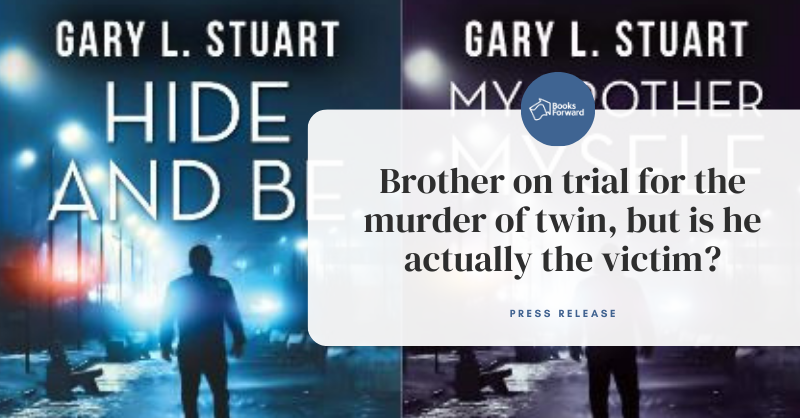
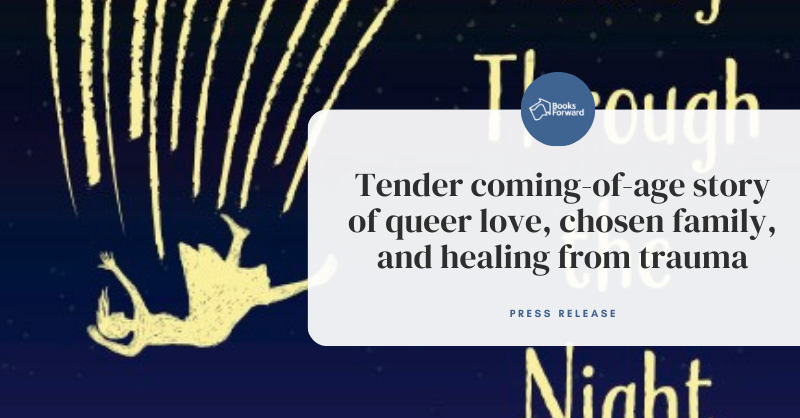
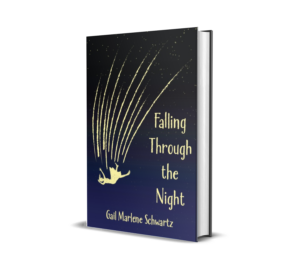 MONTPELIER, VT
MONTPELIER, VT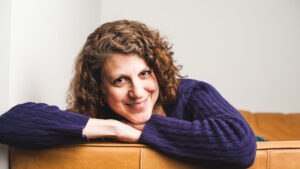 Gail Marlene Schwartz
Gail Marlene Schwartz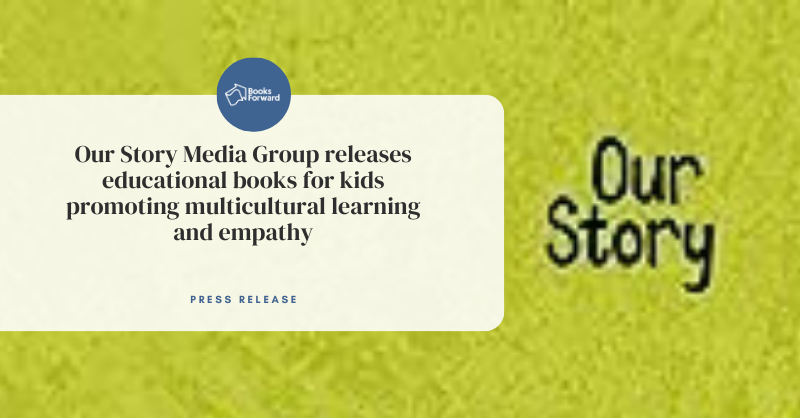
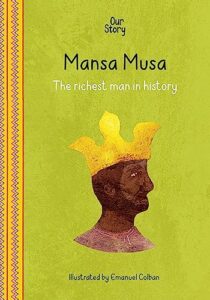 London, England
London, England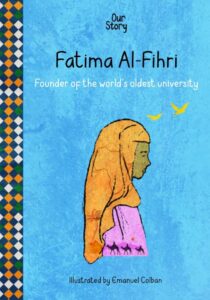 In a recent
In a recent 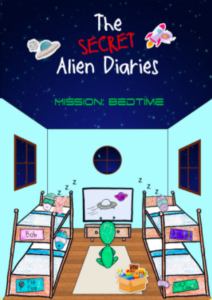 The Secret Alien Diaries
The Secret Alien Diaries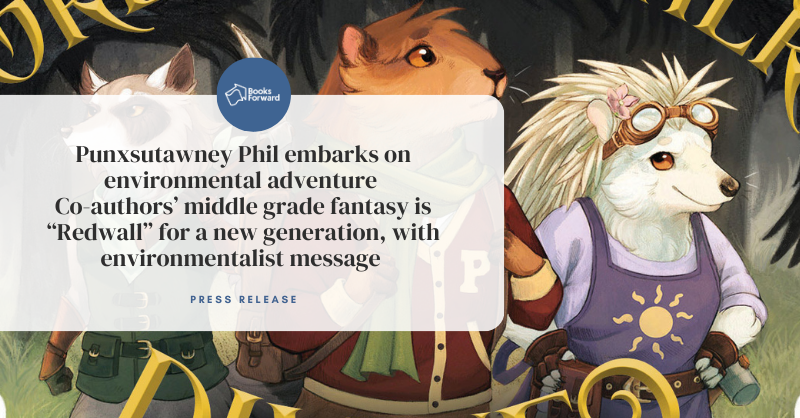
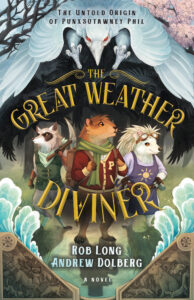 Delray Beach, FL
Delray Beach, FL  Andrew Dolberg
Andrew Dolberg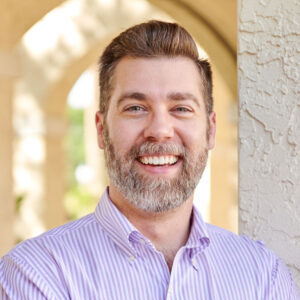 Rob Long
Rob Long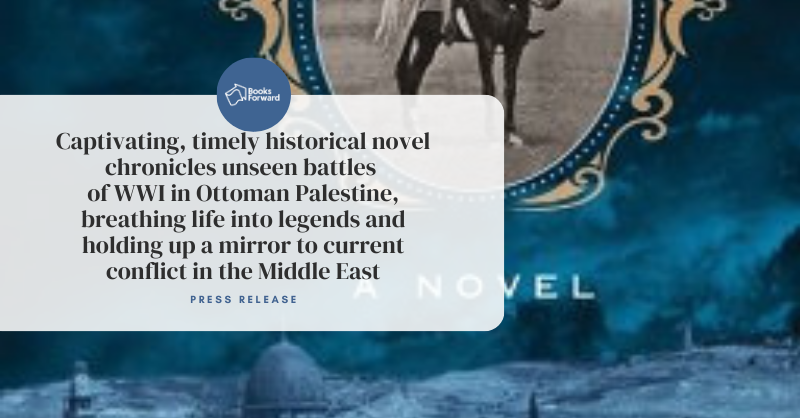
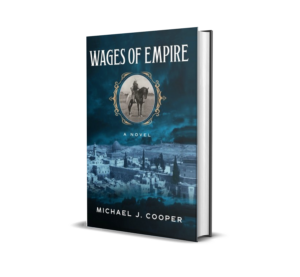 SAN FRANCISCO–
SAN FRANCISCO–  Michael J. Cooper
Michael J. Cooper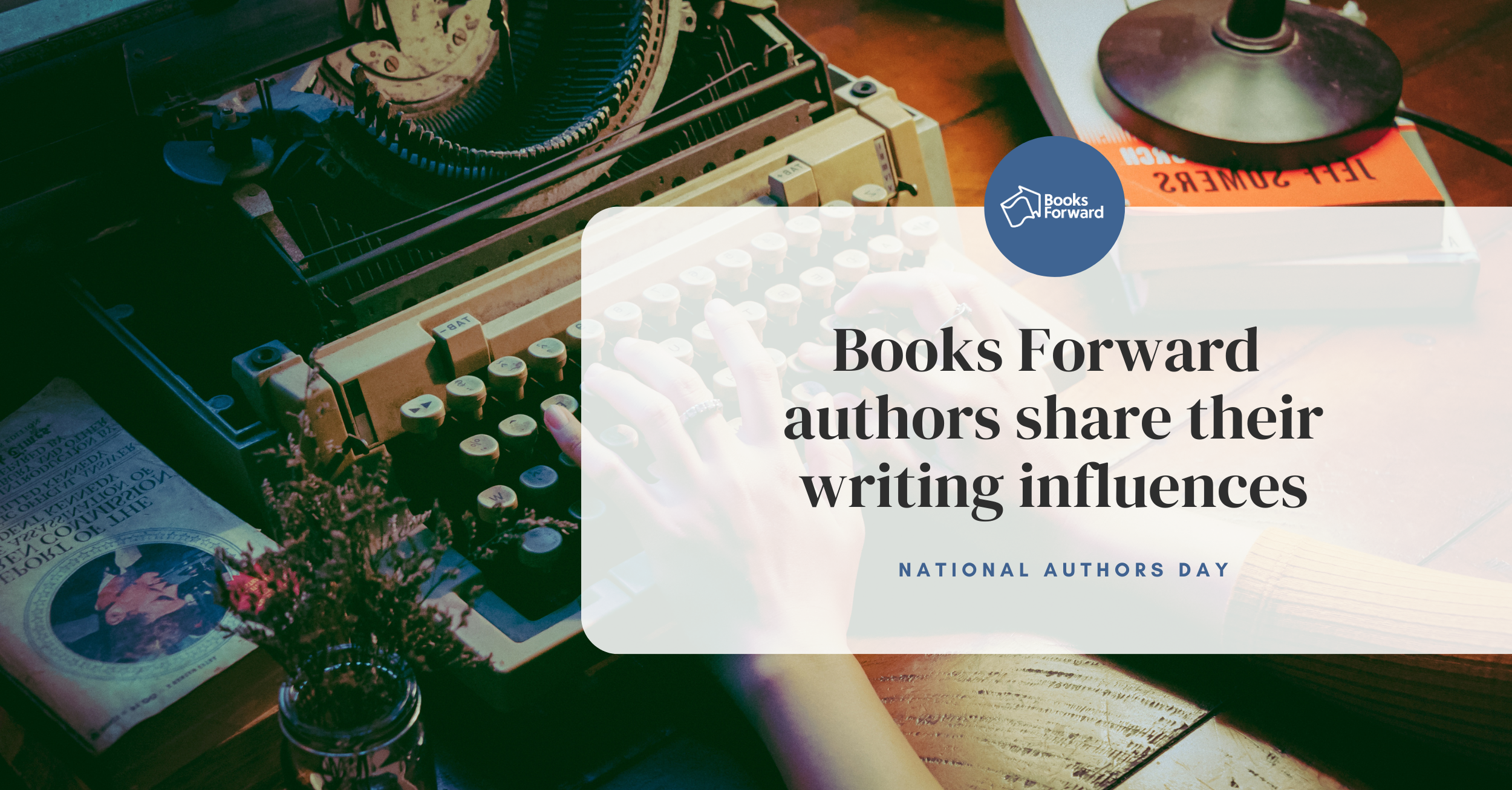
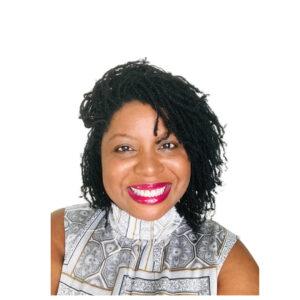
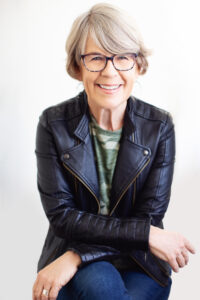

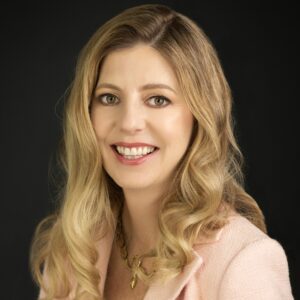
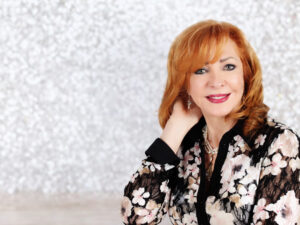
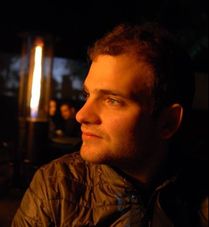
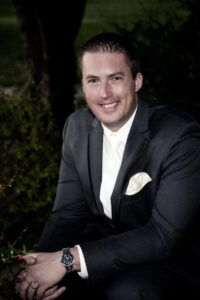
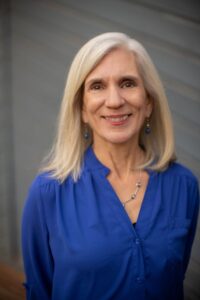

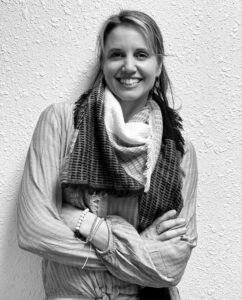
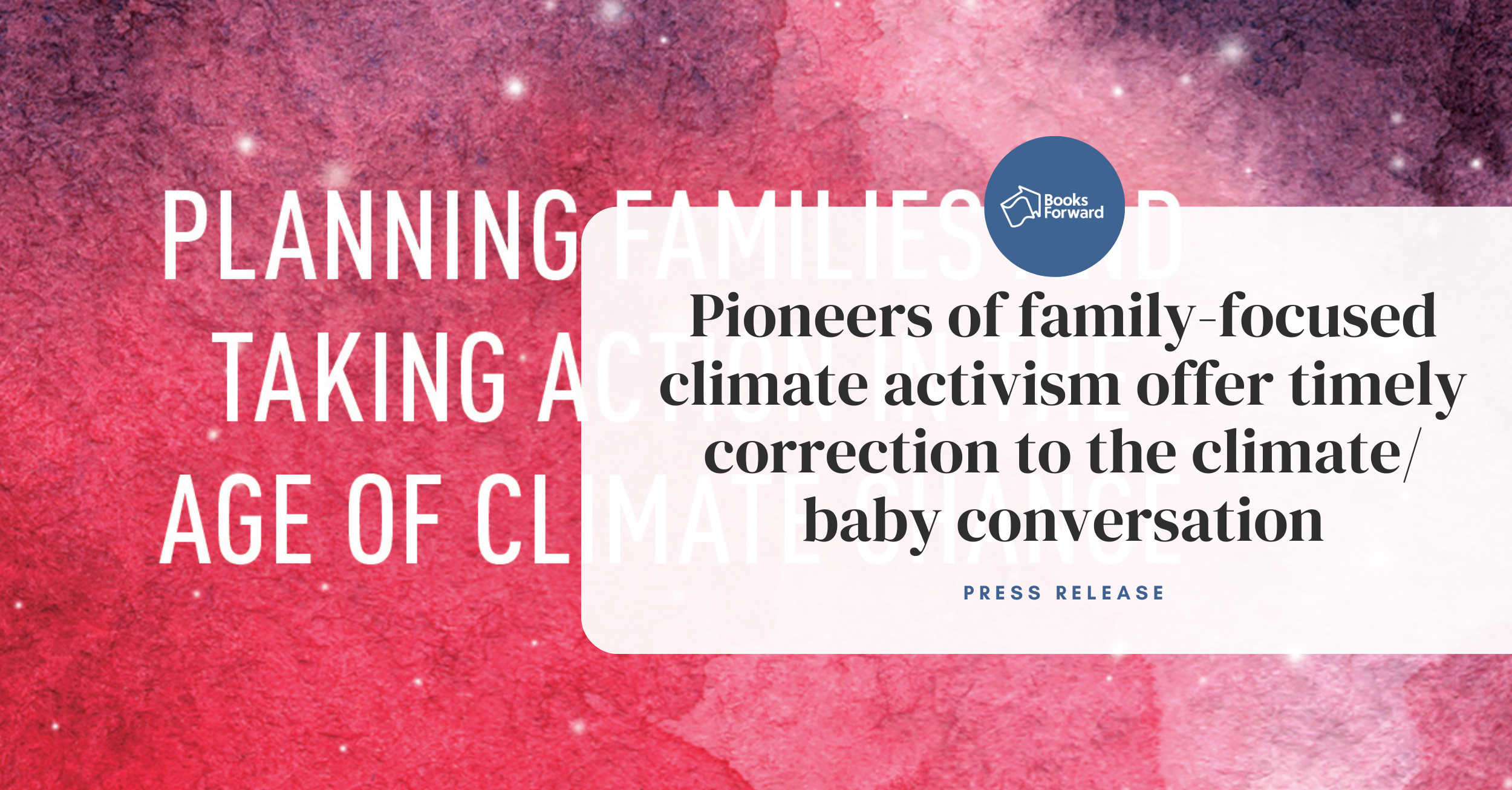
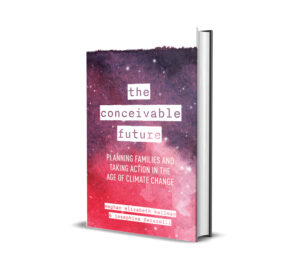 CHICAGO, IL & PAWTUCKET, RI
CHICAGO, IL & PAWTUCKET, RI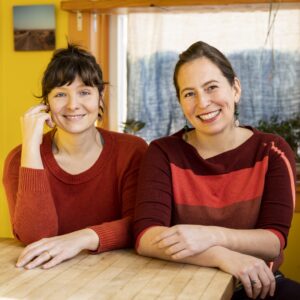 MEGHAN ELIZABETH KALLMAN & JOSEPHINE FERORELLI
MEGHAN ELIZABETH KALLMAN & JOSEPHINE FERORELLI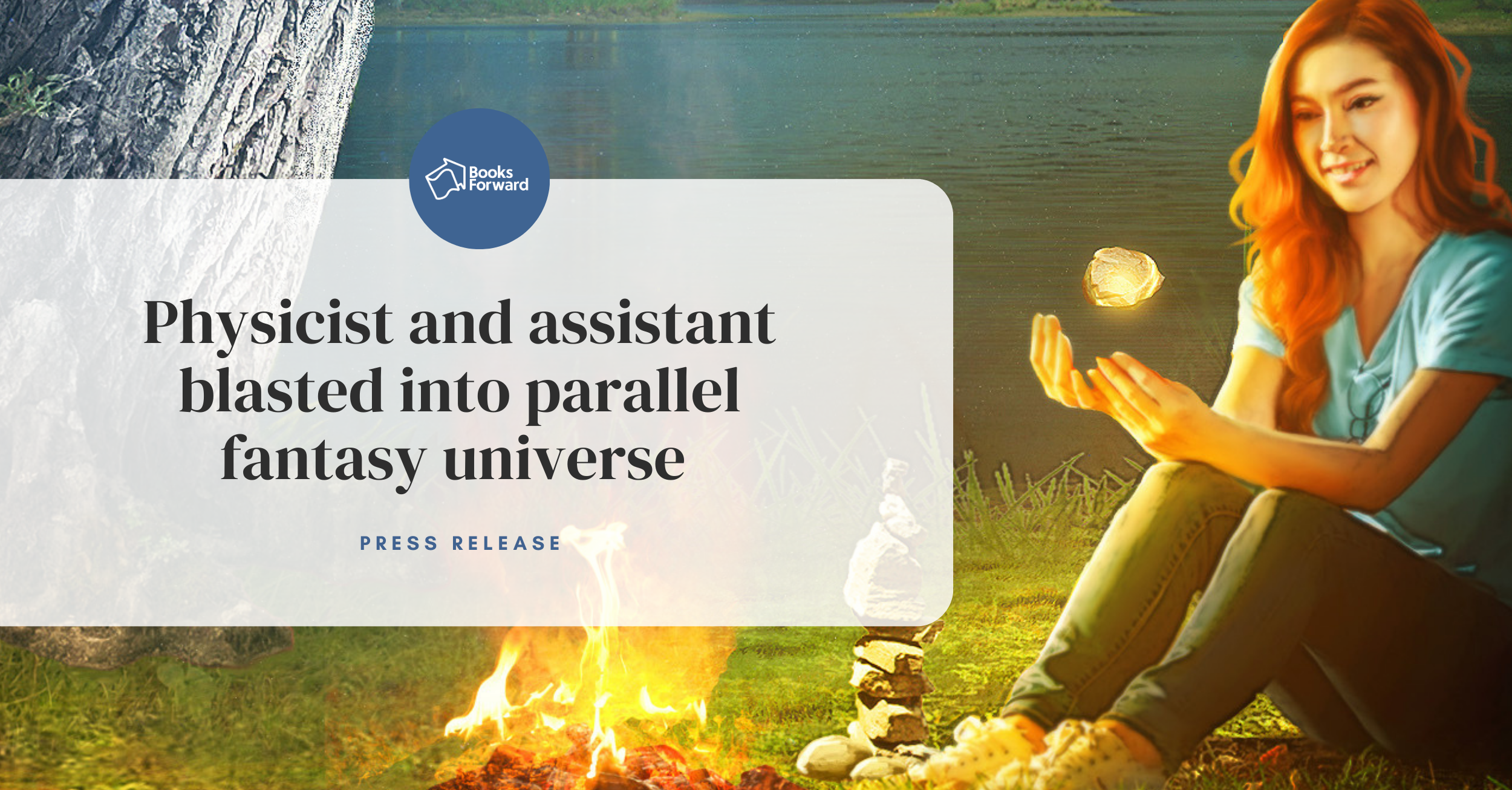
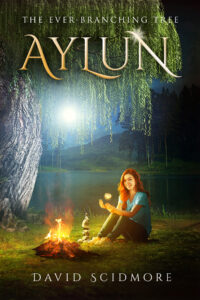 Madison, WI
Madison, WI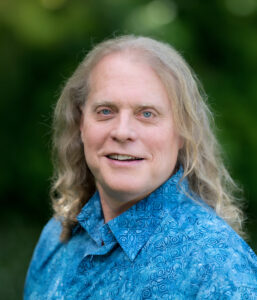 More about David Scidmore:
More about David Scidmore: Jon was a physicist who wanted nothing more than a simple life with few responsibilities and someone to share it with. In the middle of an ordinary day, a horrible accident leaves him stranded in a baffling world of impossible phenomena, terrifying creatures, and mysterious prophecies. Desperate to get home, his only hope is a harrowing journey across three distinct realms.
Jon was a physicist who wanted nothing more than a simple life with few responsibilities and someone to share it with. In the middle of an ordinary day, a horrible accident leaves him stranded in a baffling world of impossible phenomena, terrifying creatures, and mysterious prophecies. Desperate to get home, his only hope is a harrowing journey across three distinct realms.
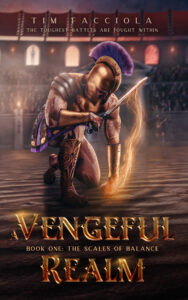 GOLD CANYON, AZ
GOLD CANYON, AZ  TIM FACCIOLA
TIM FACCIOLA
 Grand Lake, CO
Grand Lake, CO GLENN HILEMAN
GLENN HILEMAN
